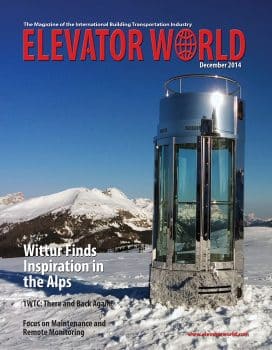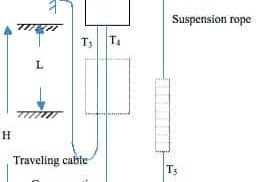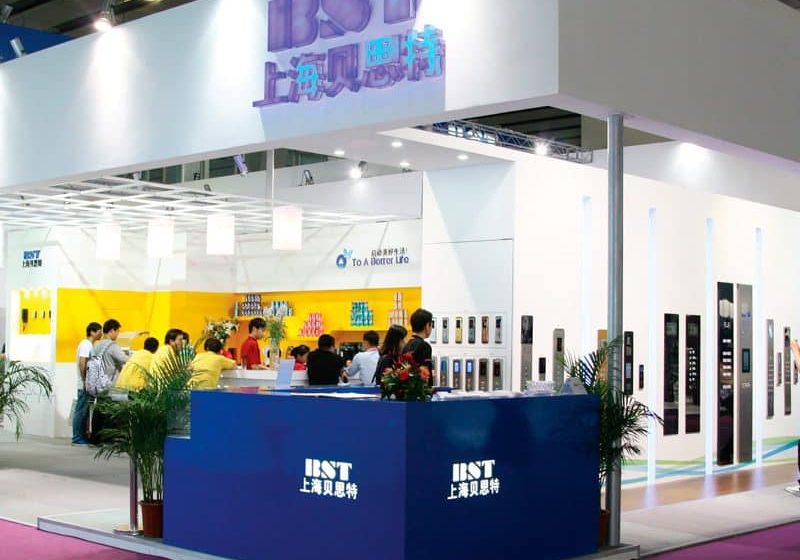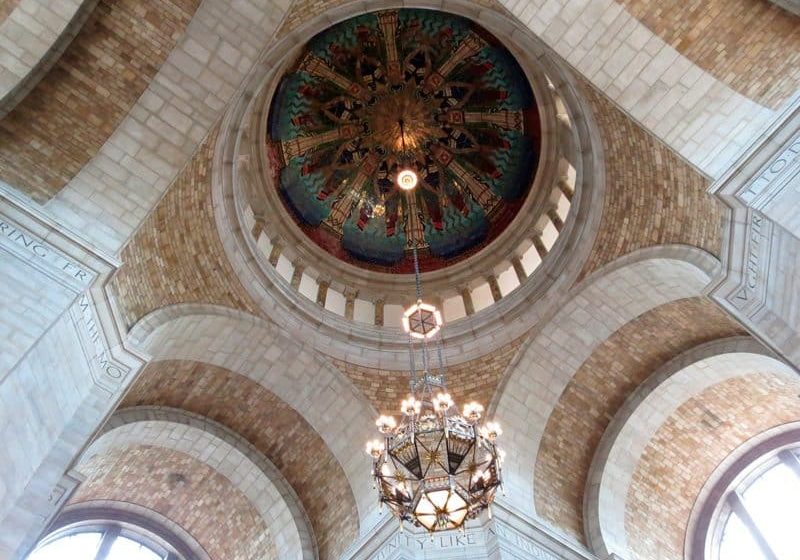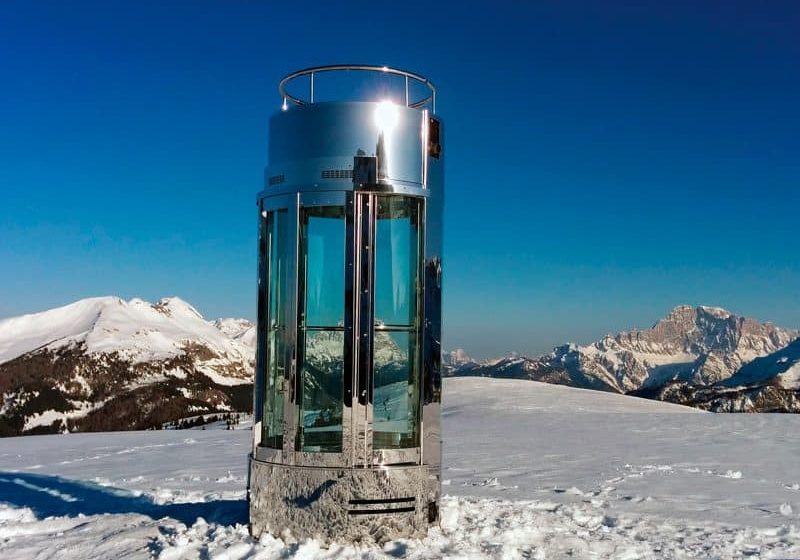Maintenance and Modernization: The Keys to Safety
Dec 1, 2014

ELEVATOR WORLD (EW) speaks with Ilpo Marjamaa (IM), senior vice president and head of modernization for KONE, about the importance of keeping equipment up to date.
EW: Which parts of the world are generating the greatest demand for modernization?
IM: There are approximately 12 million elevators and escalators in operation globally, and most of them — 49% — are in Europe, so that’s where we are seeing the biggest demand. Generally, equipment has a long lifetime of 20-25 years, but, depending on the operating environment, sometimes it can be less. According to the European Lift Association, more than half of all European elevators and escalators are older than 20 years. Thus, we estimate that, in Europe alone, 2.2 million elevators and escalators require modernization in one way or another.
“We estimate that, in Europe alone, 2.2 million elevators and escalators require modernization in one way or another. ”
EW: Which potentially dangerous situations can occur because of outdated equipment?
IM: In old elevators, outdated doors (for example, so-called “gate,” or heavy manual doors) represent one of the most crucial safety issues. There might be a risk of something getting stuck between the landing and the car doors. Second, an old elevator might not stop level with the landing. If people using elevators aren’t expecting it, or if they are carrying something and can’t see properly, they can trip over the sill. Third, older elevators might lack a communication system, so people can’t call for help in an emergency. Potential issues with older elevators also include inadequate safety edges, lighting and leveling. In escalators, the offenders can be broken combplates, loose steps or broken handrails.
EW: What are the latest developments in elevator/escalator safety, code and equipment wise, and how are these solutions being received and implemented?
IM: KONE’s equipment conforms to all local and international safety codes, including the latest updates from EN 115-1:2008 and A1:2010. All KONE escalators are equipped with standard safety features, including combplate impact device switches and emergency stop buttons for passengers. Optional safety features include colored step demarcation, halogen-free and fire-resistant wiring, built-in sprinkler piping, seismic movement sensors and extensive monitoring options, such as KONE E-linkTM, which can be integrated with building-management systems.
We describe our units as using proven and safe rope technology that is easy to inspect. Elevators include an array of safety features as standard, including:
- Light curtain to ensure people and pets can pass safely through the doors.
- Accurate stoppage to minimize the risk of users tripping on the sill between the elevator and the landing floor.
- Door-opening button allowing users to control the doors of the elevator when stopped, e.g., by keeping the doors open for users who need more time to pass through them.
- A two-way communication system allowing contact between elevator passengers and KONE’s 24-hour service center
As for code, there are many changes underway that may impact our business. Probably the most important topic at this moment is the new European standards, EN 81-20/50, which were published in August and superseded the EN 81-1/2 standards. As EN 81-1/2 standards are used in many countries around the world, the new standards will have a global impact on our products. New and revised requirements in EN 81-20/50 improve the safety and accessibility for elevators, but implementation requires changes to the design of, for example, doors and cars, as well as many elevator controller functions.
While codes and standards drive many safety improvements, owners and managers are often keen to understand how their equipment can be upgraded from its original installation to bring it up to modern-day standards, without any code changes. Passenger comfort and safety in older equipment can be improved, for example, by adding car doors where none exist, or changing mechanical safety edges to electronic infrared devices.
EW: Which solutions does KONE provide to allow elevators to operate during emergencies?
IM: Usually, so-called “emergency requirements” derive from countries’ or regions’ requirements and codes. KONE offers a wide range of solutions that allow elevators to operate in either emergency situations or situations requiring increased building security. Examples include:
- Emergency battery-drive tools that allow the elevator to operate in the event of power failure. Emergency lighting is obligatory.
- Elevator evacuation control that allows visitors, tenants and employees to be speedily evacuated in the event of emergency, such as a fire or earthquake.
- Encapsulated options to restrict the water from entering certain electronic equipment during a flood or other water event.
- Main lobby bypass or emergency recall to a secured floor to enhance building security.
EW: Why is it important for property owners and managers to keep vertical-transportation equipment up to date?
IM: As parts wear out, breakdowns can be frequent, and you may be paying more for repairs. It may be more difficult to find spare parts for old equipment, so it may be out of order for a longer time. The old elevator in your building might not meet the latest safety and accessibility regulations. Using it could be difficult for elderly people or for someone carrying packages. It could be consuming more electricity than a modern solution: new technology can reduce electricity use by as much as 70%. And a shabby, cramped and unattractive elevator decreases the value of your property. Investing in equipment enhances the perception of a building by visitors, tenants and employees.
“As EN 81-1/2 standards are used in many countries around the world, the new standards will have a global impact on our products.”
Also, building usage may change over time. For example, office buildings may sometimes have more people than originally planned, which can cause challenges with people flow. So, if the use of a building changes, we can improve its capacity handling by modernizing equipment in conjunction with KONE’s People Flow Intelligence solutions. If the elevator in your building is 25 years old or more, full replacement may be the most cost-efficient solution. This will improve performance, aesthetics, reliability and energ efficiency, which will, in turn, reduce maintenance and electricity costs. With KONE’s solutions, your new elevator car can be as much as 50% bigger. If your current elevator can only carry four passengers, your new one could carry six.
Get more of Elevator World. Sign up for our free e-newsletter.

